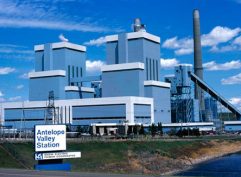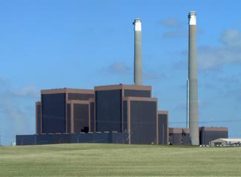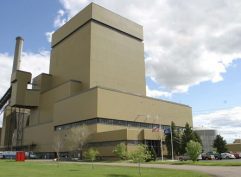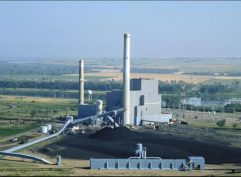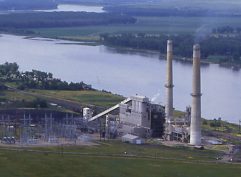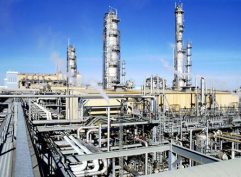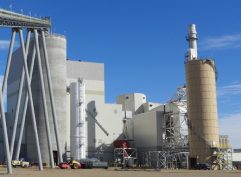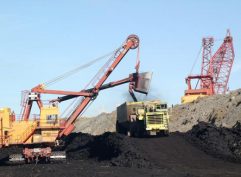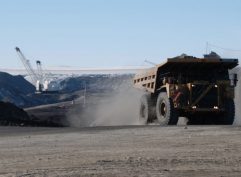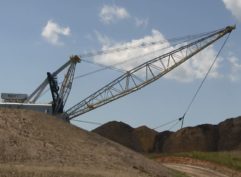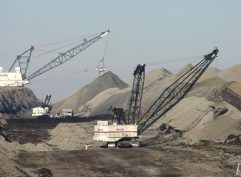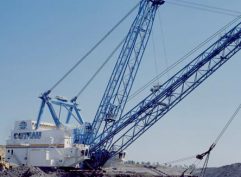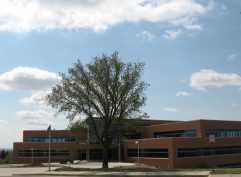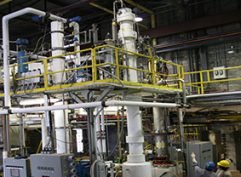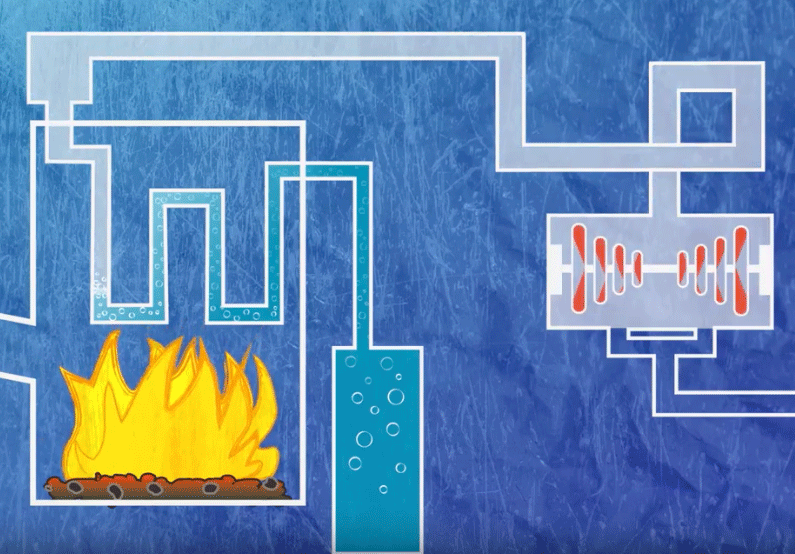North Dakota Industrial Commission approves funding for two Lignite Research & Development proposals
The North Dakota Industrial Commission (Commission) approved funding for two lignite research projects on August 20. Both projects had been evaluated and recommended by the Lignite Research Council earlier in the month.
 The largest of the two is a request for $5 million to amend a Front-End Engineering and Design (FEED) study for Project Tundra, a commercial-sized carbon dioxide (CO2) capture system, which would be built onto the existing Young Station near Center, North Dakota. The original proposal, which was approved by the Commission in November 2018 when the state approved $15 million in matching funds, included plans to store CO2 captured at the plant either in nearby geological formations or transport the CO2 by pipeline to western North Dakota where it would be used for enhanced oil recovery.
The largest of the two is a request for $5 million to amend a Front-End Engineering and Design (FEED) study for Project Tundra, a commercial-sized carbon dioxide (CO2) capture system, which would be built onto the existing Young Station near Center, North Dakota. The original proposal, which was approved by the Commission in November 2018 when the state approved $15 million in matching funds, included plans to store CO2 captured at the plant either in nearby geological formations or transport the CO2 by pipeline to western North Dakota where it would be used for enhanced oil recovery.
However, at this time, market conditions in the oil fields have changed and Minnkota – the operator of the Young Station – is evaluating additional geologic storage of CO2 in underground formations adjacent to the plant and the nearby Center Mine, owned by BNI Energy, as a near-term option. The money from the state would be part of a $46 million project that is funded in part by Minnkota and multiple awards from the U.S. Department of Energy. While CO2 would be stored in the short term near the plant, the long-range plan is still focused on enhanced oil recovery in North Dakota’s oil fields.
Other participants include BNI Energy, Eagle Energy Partners, Mitsubishi Heavy Industries, Energy & Environmental Research Center, Burns & McDonnell and others.
In a joint statement, the three members of the Commission, Governor Doug Burgum, Attorney General Wayne Stenehjem and Agriculture Commissioner Doug Goehring, stated, “The energy industry in our state provides thousands of good paying jobs and millions in tax revenue every year to local and state government and supplies reliable and affordable baseload power to homes and businesses from border to border. Discovering cost-effective methods to capture and store CO2 from existing lignite-based power plants provides the state of North Dakota with an opportunity to lead the world in carbon capture and storage technology.”
A second, and smaller, project involves a study conducted by Dakota Gasification Co., which operates the Great Plains Synfuels Plant northwest of Beulah. The request is $142,500 in matching funds from the state for an engineering study to evaluate increasing the value of its naphtha and tar oil overheads. The state funds will be matched by Dakota Gasification, a subsidiary of Basin Electric Power Cooperative. The proposed project would fund engineering and design activities to explore the feasibility of constructing a hydrotreater at the Synfuels Plant in order to further refine the naphtha and tar oil overheads into a blend suitable for gasoline blendstock.
The Synfuels Plant was originally constructed in the early 1980s to turn lignite into synthetic natural gas. Since that time, many products have been added for commercial sale. Currently, the Synfuels Plant adds value through the sale of fertilizers, carbon dioxide and several other products.
In a joint statement, the three members of the Commission stated, “Improving the value of these products is important for diversifying the uses for our state’s valuable natural resources as well as utilizing our energy infrastructure to its maximum potential.”
The Lignite Research Council recommended both grant proposals at its meeting on Aug. 13 in Bismarck.
The Commission is a partner with the regional lignite industry in the Lignite Research Program. State dollars are leveraged with industry investments for research and demonstration projects. Since 1987 when the partnership began, the state has invested more than $90 million in lignite research funds. Total investment in more than 200-plus projects is in excess of $750 million.
Besides state dollars, R&D funding also comes from industry sources such as mines and utilities, research entities such as the Energy & Environmental Research Center, and the Department of Energy.


